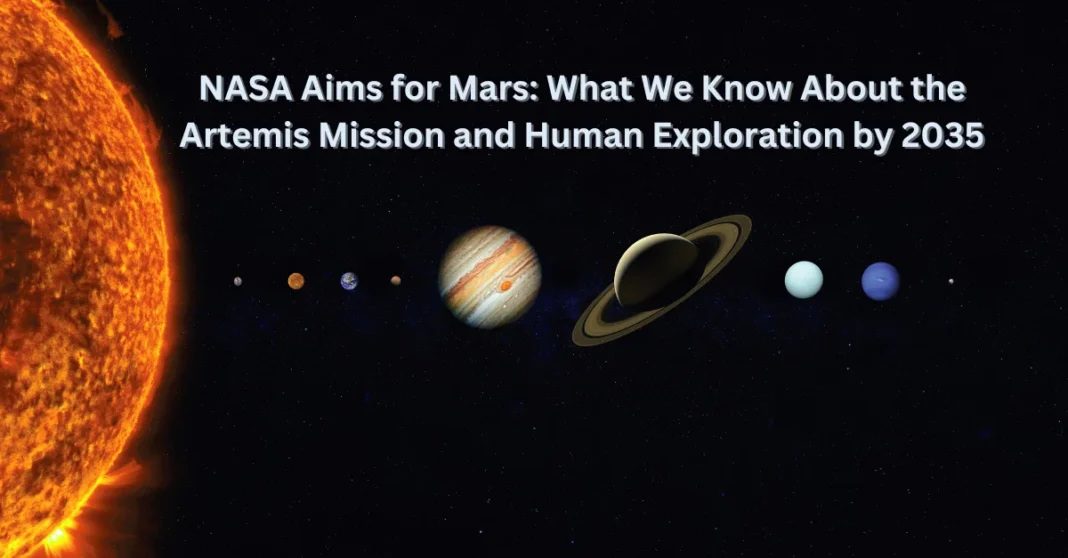NASA is making headlines with its ambitious goal to send humans to Mars by 2035, a plan intricately linked to the ongoing Artemis program. This initiative not only aims to return astronauts to the Moon but also serves as a vital stepping stone for future Mars missions. Here’s everything we know about the Artemis program and its role in human exploration of Mars.
Overview of the Artemis Program
The Artemis program is NASA’s key initiative for lunar exploration and establishing a sustainable human presence on the Moon by the end of the decade. The program is composed of several missions designed to build up capabilities for Mars exploration.
Key Missions
- Artemis I: Launched in 2022, this uncrewed mission successfully tested the Space Launch System (SLS) and the Orion spacecraft, orbiting the Moon and returning safely to Earth.
- Artemis II: Scheduled for the near future, this mission will carry astronauts on a crewed flight around the Moon, testing life support systems and crew operations.
- Artemis III: Set to land astronauts on the lunar surface, this mission aims to return humans to the Moon for the first time since 1972, focusing on the lunar South Pole.
The Path to Mars
NASA sees the Moon as a critical proving ground for Mars exploration. The lessons learned from Artemis missions will inform technologies and strategies needed for the Red Planet.
Key Focus Areas for Mars Preparation
- Sustainable Living: Establishing habitats on the Moon will allow NASA to test life support systems and sustainable living practices necessary for long-duration missions on Mars.
- Resource Utilization: Developing technologies to utilize lunar resources, such as water ice, will be essential for future Mars missions.
- Health and Safety: Understanding the effects of long-duration space travel on human health will be crucial for ensuring astronaut safety on the journey to Mars.
International and Commercial Collaboration
NASA is not going it alone. The Artemis program involves partnerships with international space agencies and private aerospace companies. This collaborative approach aims to harness diverse expertise, enhance capabilities, and share costs.
Challenges Ahead
Despite the ambitious timeline, several challenges must be addressed:
- Technical Hurdles: Developing new technologies for life support, propulsion, and radiation protection will require significant research and testing.
- Budget and Funding: Securing adequate funding and managing budgets for long-term missions will be essential for success.
- Mission Logistics: Planning for the complexities of human missions to Mars, including travel duration and communication delays, poses significant logistical challenges.
Looking Forward
As NASA advances its Artemis program, excitement builds for the prospect of human exploration of Mars. The timeline is ambitious, but the agency’s commitment to innovation, collaboration, and rigorous testing positions it well for achieving its goals.
Conclusion
NASA’s vision for sending humans to Mars by 2035 is a testament to humanity’s unyielding curiosity and ambition. The Artemis program serves as a crucial foundation for this endeavor, offering invaluable insights and experience that will shape the future of space exploration. As we look to the stars, the journey to Mars is just beginning, and the coming years will be pivotal in making this dream a reality.

